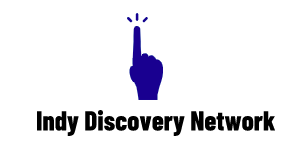Your business map should expand your mind and get you thinking about what your business is going to look like and what you’re striving to achieve. This small business map should really get you excited and motivated to make it all happen.
A business map (i.e., business plan) is your 9 to 12 month map of what you want to accomplish in business.
Usually, business maps contain many items, but remember you’re not going to do them all at once. You’re going to do them over a period of time – just as Rome wasn’t built in one day, your business won’t be built in one day. Just keep clearly and strongly focused on what you want to accomplish and stick to your goals at all times.
Usually, there are 5 key parts to any business map or business plan. If you are going to a local bank for a loan, most loan managers are more than willing to tell you the parts of the business map, but most of the time, the parts are left without explanation, so you fail to understand what is required of you.
The first part is the core message which is a one sentence to at most one paragraph statement about what your business and product has to offer that makes it unique and stand out from the rest of the products. Spend some time thinking about this and write it down (try to get it down in just one sentence to one paragraph at most).
Once you have your core message into one sentence, expand a bit on it – usually about half to one page long just on the one sentence you managed to construct. In this elaboration, you have a chance to get very clear up front about what you’re offering, with what benefits, before you even create your product. This is very fundamental in helping you to focus on customers and what you will deliver. Call this elaboration an elevator pitch if you want. As an example, in less than 30 seconds, what will you say to get across to the person you’re talking to about what you do and what you have to offer?
The clearer, more specific and succinct you can make this elevator pitch, the better it is going to help when you start doing your marketing, sending out emails, getting affiliates, and all the people you want to have rally around you. Let’s be realistic here: the better you get at this, the better off you will be. So listen to any feedback you get along the way and tweak it until everyone just says, “Aha, I get it!”
The second part is asking how you are going to generate revenue by questioning your product line. What are you going to market? What is your entry-level or front-end product, continuity product, backend product?


